306312
Inhibitor removers
Prepacked column for removing hydroquinone and monomethyl ether hydroquinone
Sinonimo/i:
Inhibition Removal Agents
Autenticatiper visualizzare i prezzi riservati alla tua organizzazione & contrattuali
About This Item
Prodotti consigliati
Tensione di vapore
17 mmHg ( 20 °C)
Livello qualitativo
Stato
beads
Dimens. colonna
17 mm × 240 mm
Stringa SMILE
[Al]21O[Al](O2)O1
InChI
1S/2Al.3O
TWNQGVIAIRXVLR-UHFFFAOYSA-N
Cerchi prodotti simili? Visita Guida al confronto tra prodotti
Categorie correlate
Descrizione generale
Inhibitor-remover packings and ready-to-use, disposable prepacked columns conveniently remove small amounts of inhibitors which are added to reagents or solvents that would otherwise be unstable. R: 20-37 S: 22-38-36
• Useful in applications which require that the stabilizer or inhibitor (hydroquinone (HQ), hydro-quinone monomethyl ether (MEHQ, 4-methoxyphenol), or 4-tert-butylcatechol (TBC) be removed prior to use.
• Columns may be discarded1 when exhausted or reused by filling column approximately 3/4 full with new packing material. HQ/MEHQ columns refill vol.: ~21g. TBC column refill vol.:~30g.
• Approx. column capacity:
HQ/MEHQ: 3L at 100ppm
TBC: 4L at 15ppm
• TBC columns and packings are not recommended for use with polar solvents, including acrylic acid. Vacuum distillation is suggested for such applications.
Easy-to-use:
1. Prewashing of prepacked glass columns with a small amount of monomer is recommended.
2. Add monomer (or solvent) to an addition funnel which is secured above column.
3. Add monomer dropwise to the column. Monitor rate of addition to prevent overflow of the column. Collect monomer in an appropriate container.
4. For low-melting solid monomers, keep temperature of column above the melting point during use.
Caution: Overheating may cause monomer to polymerize on the column. Viscous or high-melting monomers may be diluted in an appropriate solvent before addition to the column.
1Unused columns can be discarded with other solid chemical waste. After use, the toxicity and hazards of the monomer, from which the inhibitor is being removed, should be considered in deciding how to dispose of the packing material or column.
• Useful in applications which require that the stabilizer or inhibitor (hydroquinone (HQ), hydro-quinone monomethyl ether (MEHQ, 4-methoxyphenol), or 4-tert-butylcatechol (TBC) be removed prior to use.
• Columns may be discarded1 when exhausted or reused by filling column approximately 3/4 full with new packing material. HQ/MEHQ columns refill vol.: ~21g. TBC column refill vol.:~30g.
• Approx. column capacity:
HQ/MEHQ: 3L at 100ppm
TBC: 4L at 15ppm
• TBC columns and packings are not recommended for use with polar solvents, including acrylic acid. Vacuum distillation is suggested for such applications.
Easy-to-use:
1. Prewashing of prepacked glass columns with a small amount of monomer is recommended.
2. Add monomer (or solvent) to an addition funnel which is secured above column.
3. Add monomer dropwise to the column. Monitor rate of addition to prevent overflow of the column. Collect monomer in an appropriate container.
4. For low-melting solid monomers, keep temperature of column above the melting point during use.
Caution: Overheating may cause monomer to polymerize on the column. Viscous or high-melting monomers may be diluted in an appropriate solvent before addition to the column.
1Unused columns can be discarded with other solid chemical waste. After use, the toxicity and hazards of the monomer, from which the inhibitor is being removed, should be considered in deciding how to dispose of the packing material or column.
Applicazioni
Inhibitor remover is mainly used in the purification of methyl methacrylate monomer (MMA) and the removal of hydroquinone, which can be used for the synthesis of polymethyl methacrylate (PMMA). It can also be used to purify and remove the inhibitor in N,N-dimethylacrylamide (DMAA) and hydroxylethyl methacrylate (HEMA), that can be used to fabricate a low-cost absorbent for metal absorption.
Codice della classe di stoccaggio
11 - Combustible Solids
Classe di pericolosità dell'acqua (WGK)
WGK 3
Punto d’infiammabilità (°F)
Not applicable
Punto d’infiammabilità (°C)
Not applicable
Dispositivi di protezione individuale
Eyeshields, Gloves, type N95 (US)
Scegli una delle versioni più recenti:
Possiedi già questo prodotto?
I documenti relativi ai prodotti acquistati recentemente sono disponibili nell’Archivio dei documenti.
I clienti hanno visto anche
Electrically conductive nanocomposites of PMMA and carbon nanotubes prepared by in situ polymerization under probe sonication.
Bressanin JM, et al.
Chemical Papers, 1-12 (2018)
Tibor Renkecz et al.
ACS applied materials & interfaces, 5(17), 8537-8545 (2013-08-22)
A versatile approach for the preparation of photoswitchable molecularly imprinted polymers (MIPs) is proposed where the selective recognition and the photoresponsive function are assumed by two different monomers. As a proof of concept, MIP microspheres were synthesized by precipitation polymerization
Lead (II) removal by poly (N, N-dimethylacrylamide-co-2-hydroxyethyl methacrylate)
Ramos-Jacques AL, et al.
European Polymer Journal, 101, 262-272 (2018)
Study on the rheological and electrical properties of PMMA/MWCNT nanocomposites prepared by in situ polymerization assisted by sonication.
Junior VAA, et al.
AIP Conference Proceedings, 1981(1), 020077-020077 (2018)
Subir Ghosh et al.
Journal of the mechanical behavior of biomedical materials, 87, 312-324 (2018-08-14)
A significant number of hip replacements (HR) fail permanently despite the success of the medical procedure, due to wear and progressive loss of osseointegration of implants. An ideal model should consist of materials with a high resistance to wear and
Articoli
We presents an article regarding common FAQ's for initiators and stabalizers
Global Trade Item Number
| SKU | GTIN |
|---|---|
| 306312-12EA | 4061826672884 |
| 306312-1EA | 4061826672891 |
Il team dei nostri ricercatori vanta grande esperienza in tutte le aree della ricerca quali Life Science, scienza dei materiali, sintesi chimica, cromatografia, discipline analitiche, ecc..
Contatta l'Assistenza Tecnica.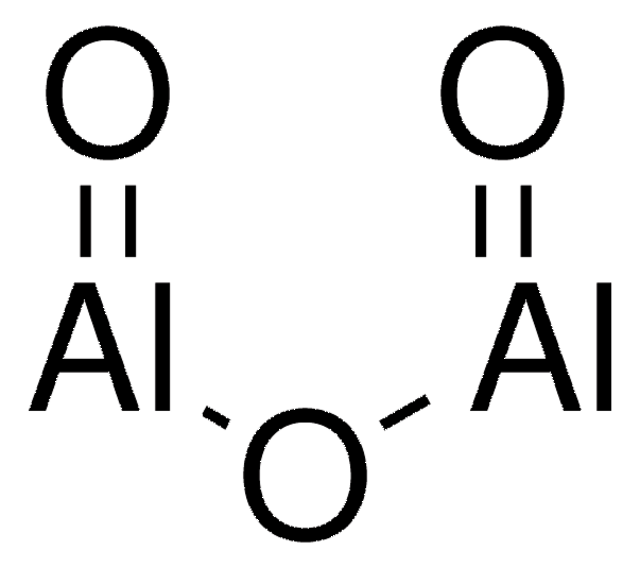
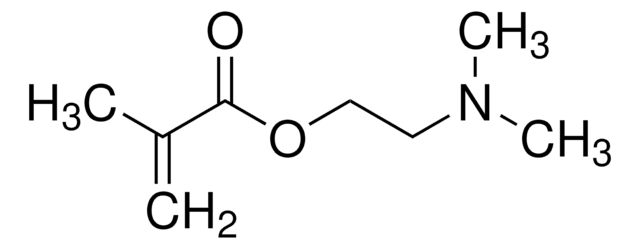

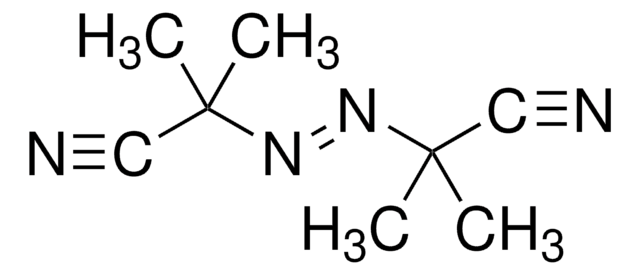


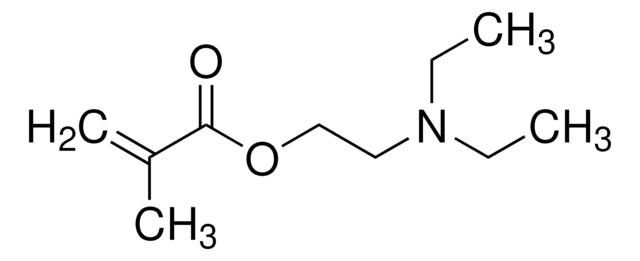
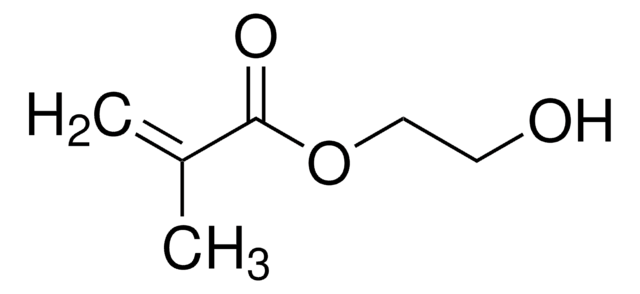
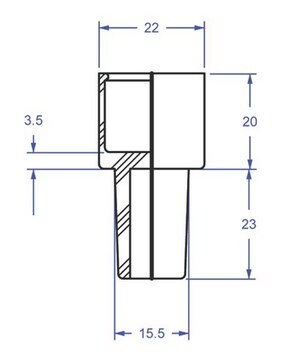

![[2-(Methacryloyloxy)ethyl]trimethylammonium chloride solution 75 wt. % in H2O](/deepweb/assets/sigmaaldrich/product/structures/316/612/66b0f4cf-d060-427d-b4f5-e8fab3e5cffe/640/66b0f4cf-d060-427d-b4f5-e8fab3e5cffe.png)
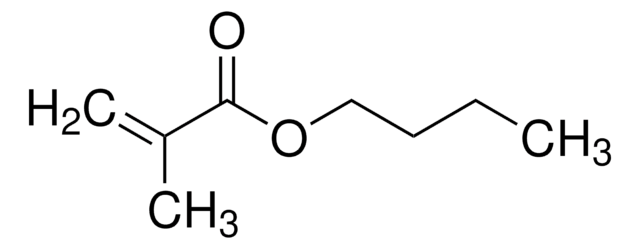
![[2-(Acryloyloxy)ethyl]trimethylammonium chloride solution 80 wt. % in H2O, contains 600 ppm monomethyl ether hydroquinone as inhibitor](/deepweb/assets/sigmaaldrich/product/structures/393/326/f7e19585-5431-4220-81b5-f458de6d63d0/640/f7e19585-5431-4220-81b5-f458de6d63d0.png)